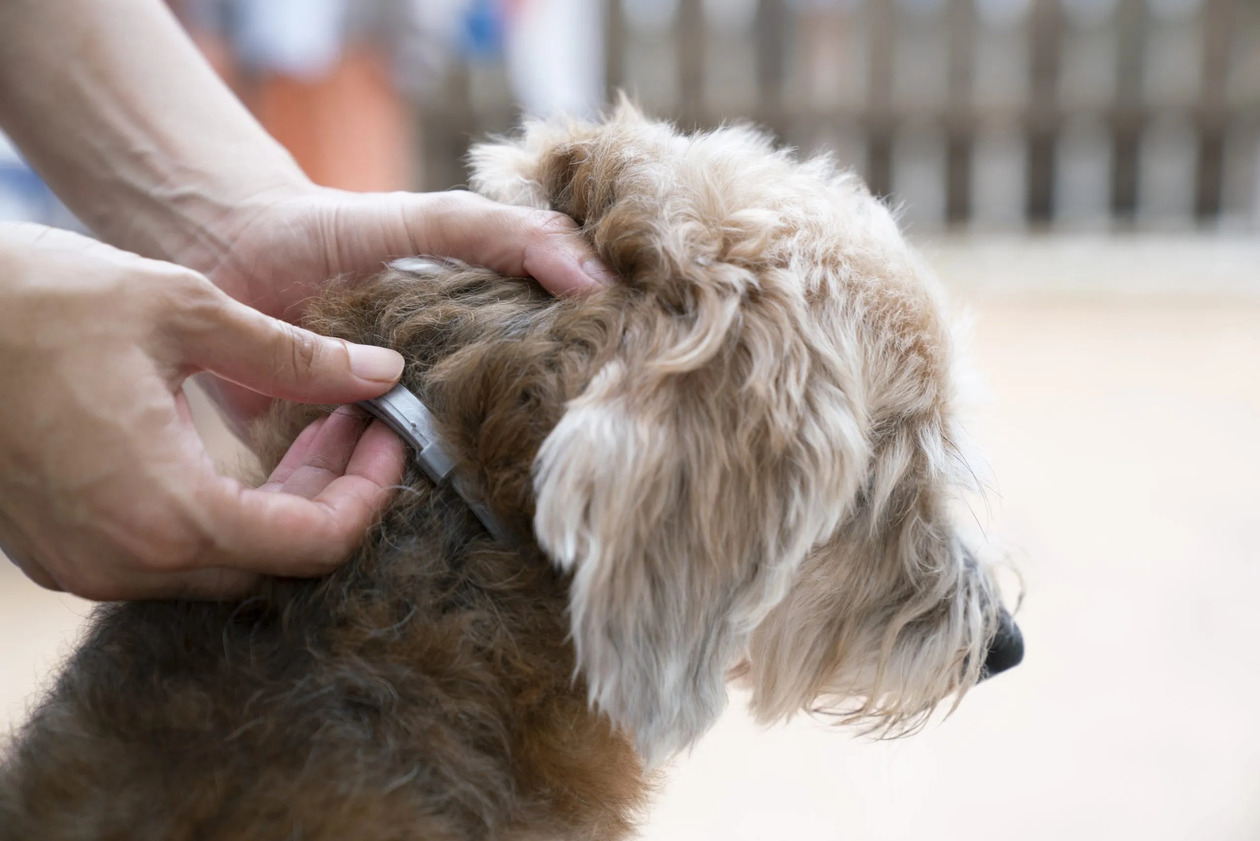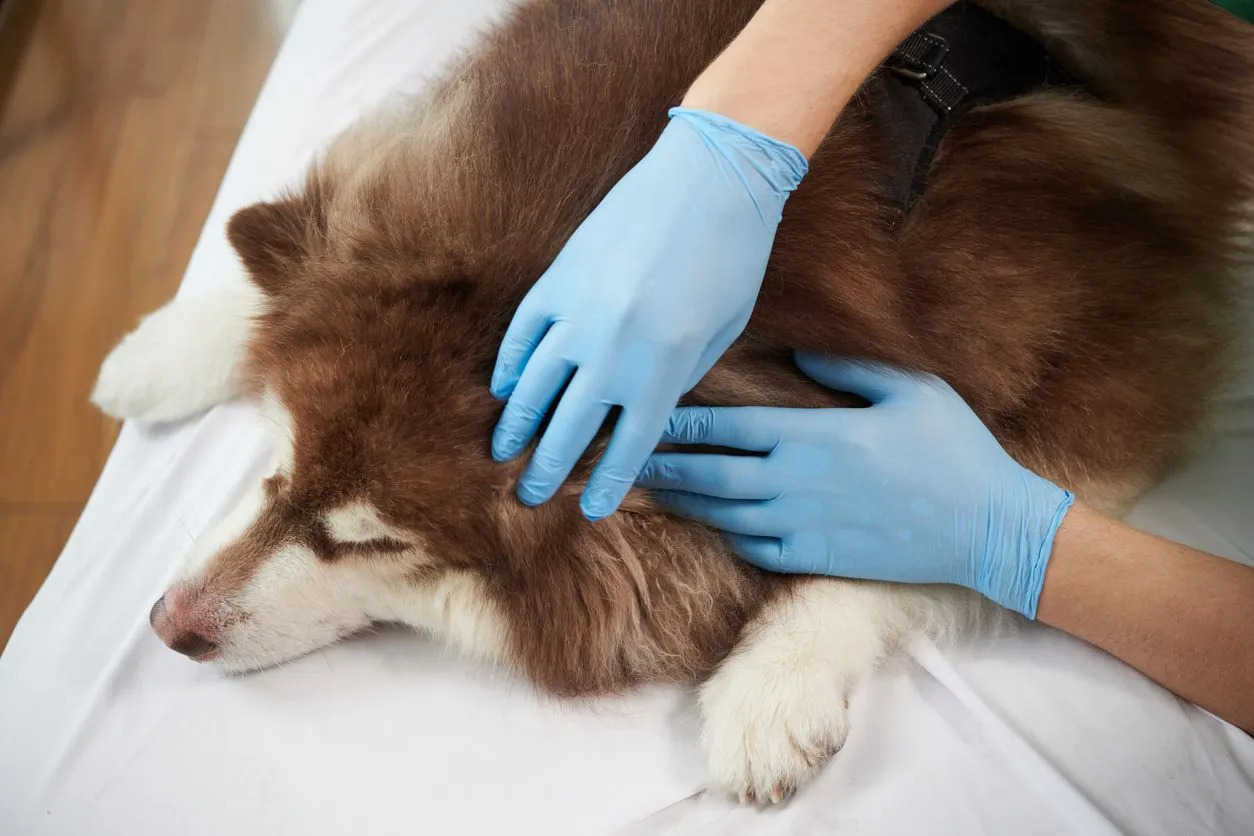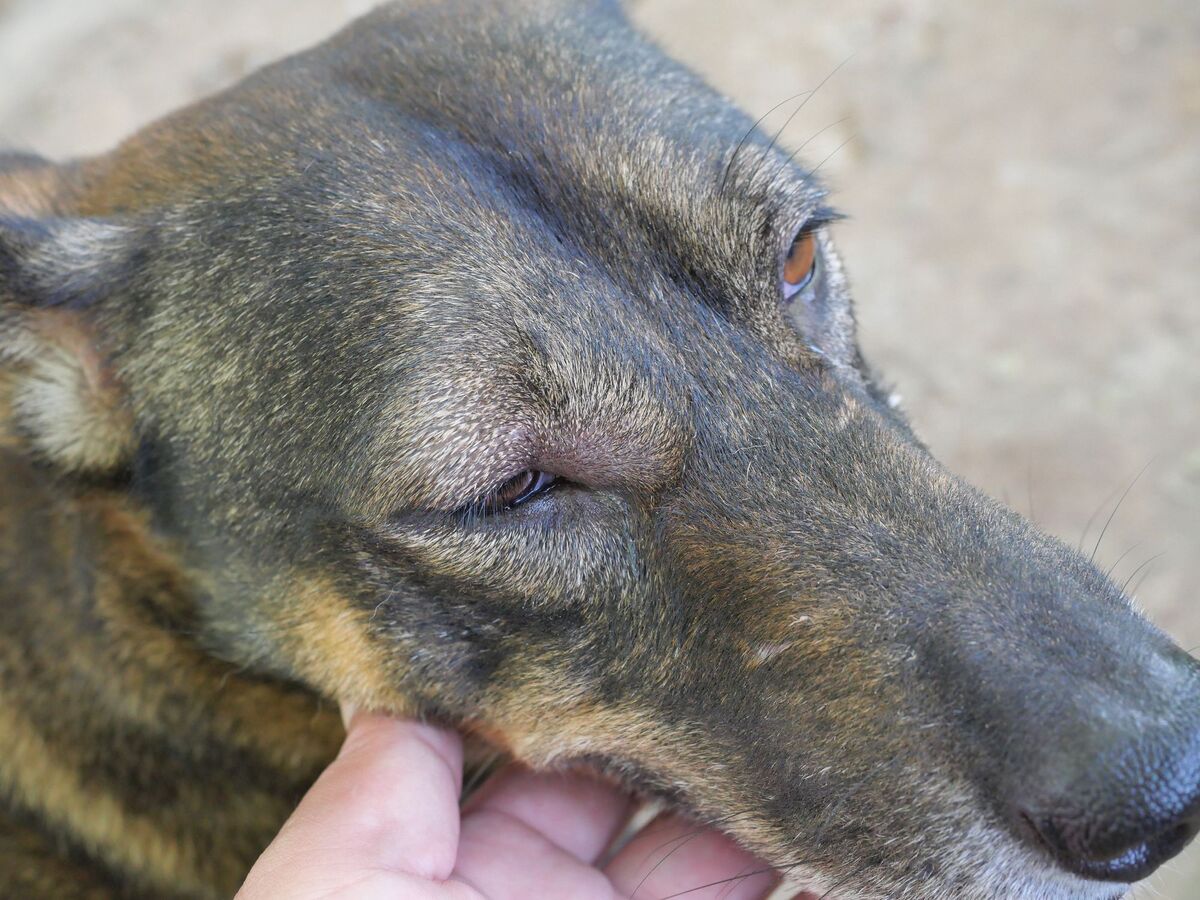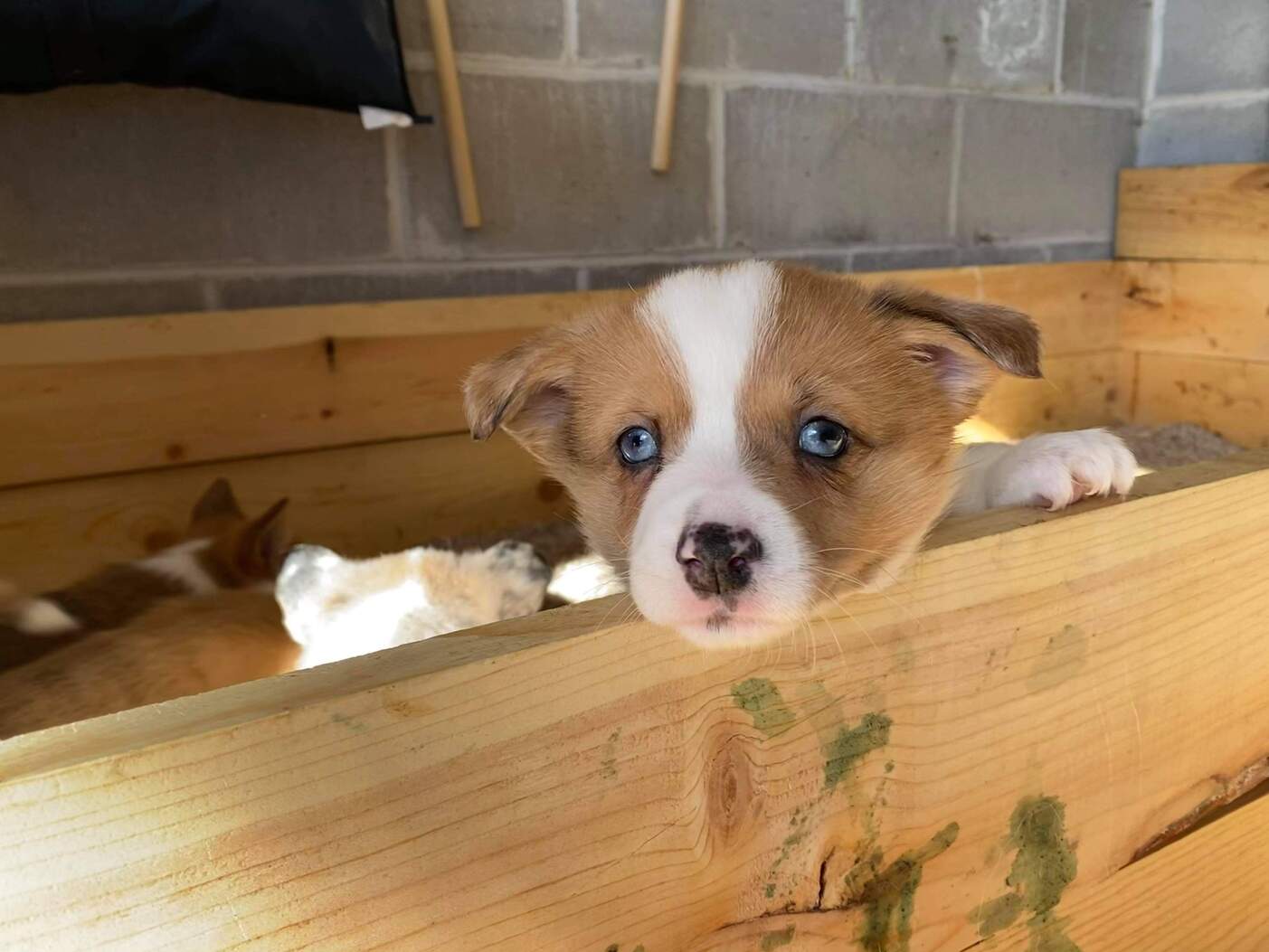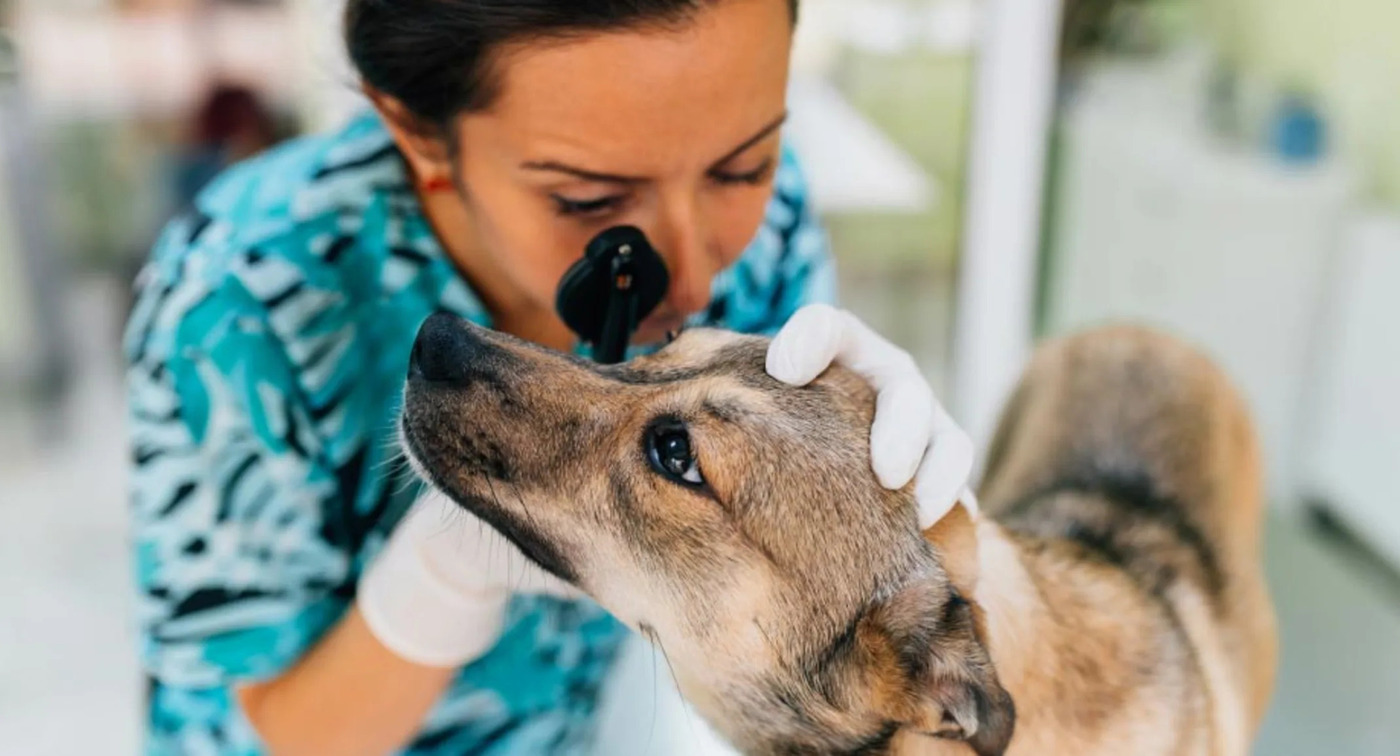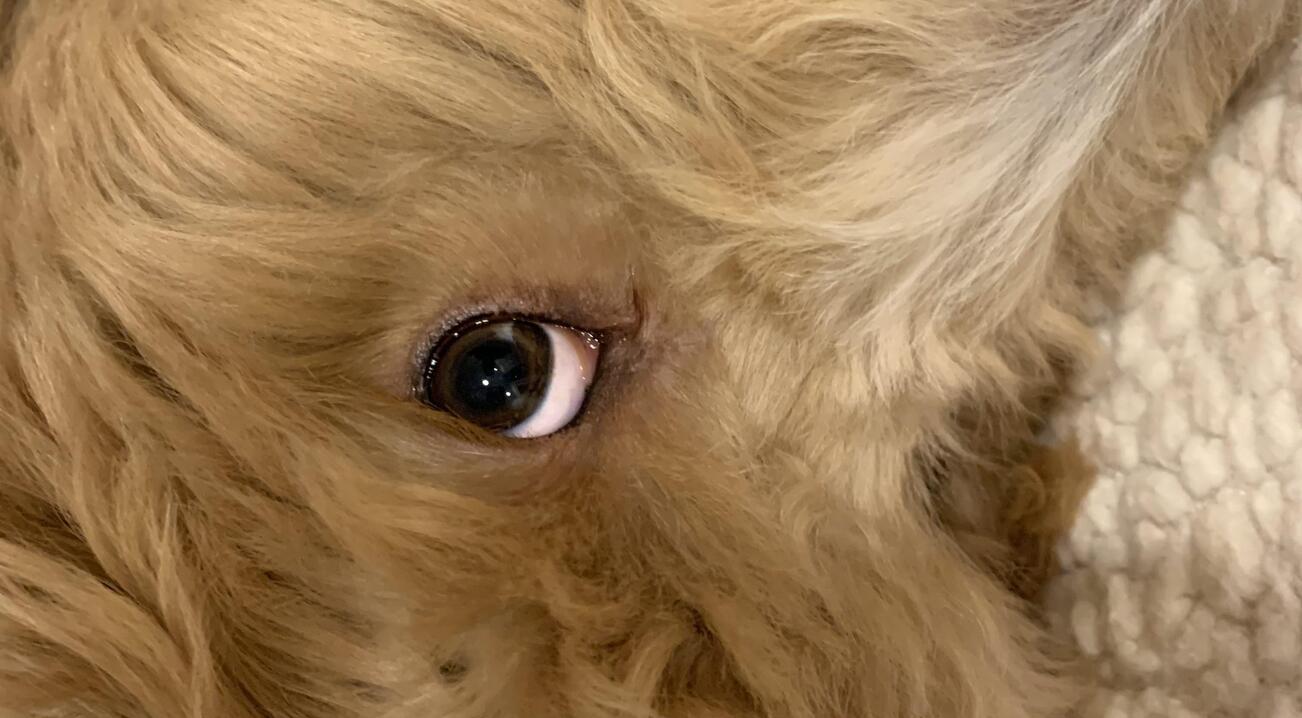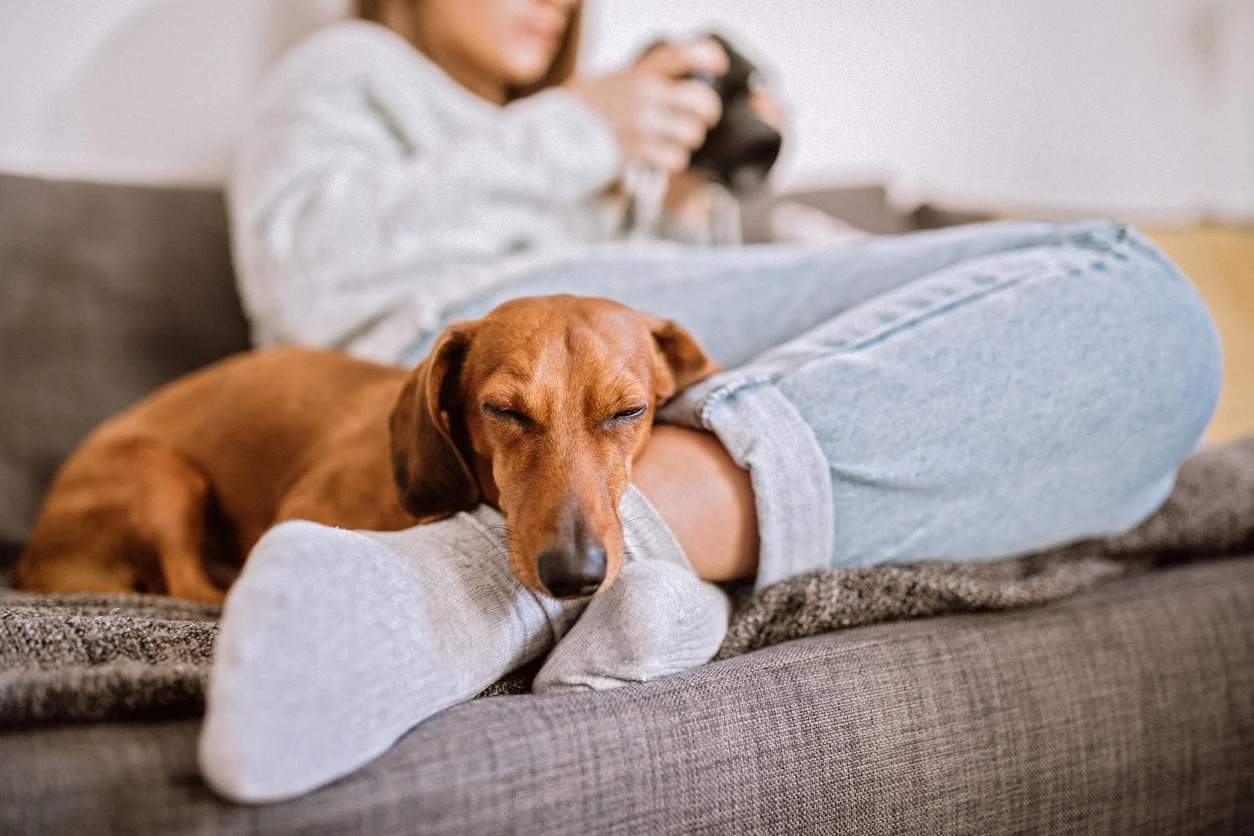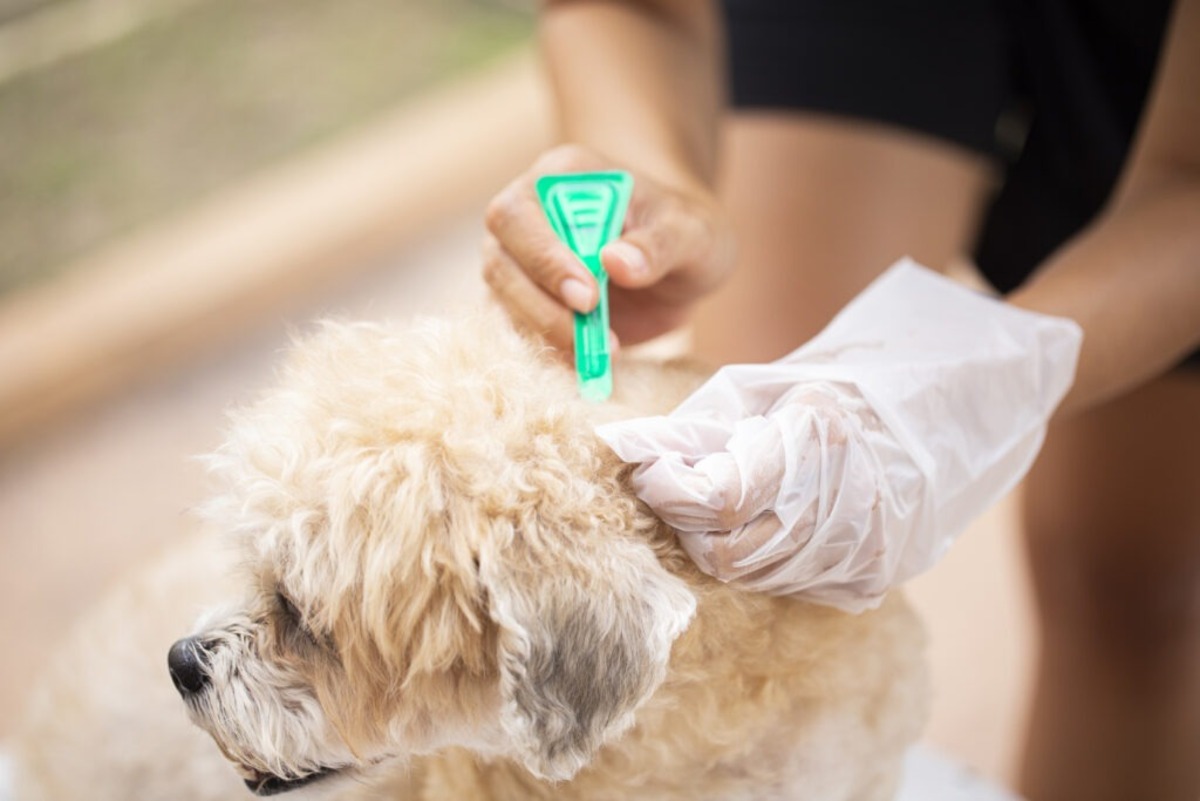Home>Health & Wellness>Common Health Issues>Why Does My Dog Still Have Fleas Despite Wearing A Seresto Collar?


Common Health Issues
Why Does My Dog Still Have Fleas Despite Wearing A Seresto Collar?
Modified: February 21, 2024
Learn about common health issues that may cause your dog to still have fleas despite wearing a Seresto collar. Find out how to address this concern effectively.
(Many of the links in this article redirect to a specific reviewed product. Your purchase of these products through affiliate links helps to generate commission for Pawsomeoldies.com, at no extra cost. Learn more)
Table of Contents
Introduction
As a devoted pet owner, you want the best for your furry companion. You've taken the necessary steps to protect your dog from fleas by investing in a Seresto collar, a popular and effective flea and tick prevention solution. However, despite your efforts, you've noticed that your dog still has fleas. This can be frustrating and concerning, but rest assured, there are several factors that could contribute to this issue.
In this article, we will delve into the reasons why your dog may still have fleas despite wearing a Seresto collar. We'll explore the effectiveness of Seresto collars, potential reasons for flea infestation, and practical solutions to address this common concern. By gaining a deeper understanding of these factors, you'll be better equipped to ensure your dog's well-being and maintain a flea-free environment in your home. Let's embark on this journey to uncover the mysteries behind persistent flea infestations and empower you with the knowledge to tackle this challenge head-on.
Understanding Seresto Collars
Seresto collars are a popular choice among pet owners for protecting their dogs from fleas and ticks. These collars are designed to provide long-lasting and continuous protection, typically lasting for up to 8 months. The key to their effectiveness lies in the active ingredients embedded within the collar, which are slowly released onto your dog's skin and coat, effectively repelling and killing fleas and ticks.
The active ingredients in Seresto collars include imidacloprid and flumethrin. Imidacloprid is a powerful insecticide that targets the nervous system of fleas, leading to paralysis and ultimately their demise. Flumethrin, on the other hand, repels and kills ticks, providing comprehensive protection against these blood-sucking pests. The combination of these two ingredients creates a potent shield against flea and tick infestations, making Seresto collars a reliable and convenient solution for pet owners.
One of the key advantages of Seresto collars is their water-resistant nature, allowing dogs to remain protected even after exposure to water, such as swimming or bathing. Additionally, the collars are designed with a safety release mechanism, ensuring that they will break away if excessive force is applied, thereby preventing any potential choking hazards.
It's important to note that Seresto collars work by coming into contact with your dog's skin and coat, rather than relying on ingestion. This means that the active ingredients are not absorbed into your dog's bloodstream, providing a safe and targeted approach to flea and tick prevention.
Overall, Seresto collars offer a convenient and effective method of protecting your dog from fleas and ticks, providing peace of mind for pet owners. However, despite their efficacy, there are instances where dogs may still experience flea infestations, prompting the need to explore potential reasons for this unexpected occurrence.
Possible Reasons for Flea Infestation
-
Incomplete Eradication: Flea infestations can be persistent due to incomplete eradication of existing fleas in the environment. Even with the protection of a Seresto collar, fleas may still be present in your home or outdoor areas frequented by your dog. These resilient pests can lay eggs in carpets, bedding, and outdoor spaces, leading to reinfestation despite your dog wearing a flea collar.
-
Environmental Factors: Fleas thrive in warm and humid environments, making it essential to consider the climate and living conditions. If your home provides an ideal habitat for fleas to flourish, such as high humidity levels and ample hiding spots, it can contribute to ongoing infestations. Additionally, outdoor areas where your dog spends time, such as parks or wooded areas, may harbor fleas, posing a continuous risk of infestation.
-
Resistance to Treatment: In some cases, fleas may develop resistance to certain insecticides, including those used in flea collars. This resistance can result from prolonged use of the same type of flea control products, leading to a reduced effectiveness in eliminating fleas. It's important to be aware of potential resistance issues and explore alternative flea control methods if resistance is suspected.
-
Undetected Infestations: Fleas are adept at hiding in your dog's fur, making it challenging to detect their presence. Even with a Seresto collar, a small number of fleas may go unnoticed, allowing them to reproduce and lead to a full-blown infestation over time. Regularly checking your dog's coat for signs of fleas and using a fine-toothed comb can help identify and address any lingering pests.
-
Interactions with Infested Animals: If your dog comes into contact with other animals that are infested with fleas, there is a risk of transferring fleas onto your pet, despite the protection of a flea collar. Interactions with stray or untreated animals can introduce fleas into your dog's environment, necessitating vigilance in monitoring potential sources of infestation.
Understanding these potential reasons for flea infestations can shed light on why your dog may still have fleas despite wearing a Seresto collar. By addressing these factors and implementing targeted solutions, you can effectively combat flea infestations and ensure the well-being of your beloved canine companion.
Solutions for Flea Infestation
Addressing a flea infestation requires a multifaceted approach to effectively eliminate these persistent pests and prevent future occurrences. By implementing the following solutions, you can take proactive steps to combat flea infestations and safeguard your dog's well-being.
-
Environmental Treatment: Begin by thoroughly cleaning and treating your home environment to eradicate fleas at their source. Vacuum carpets, rugs, and upholstery, paying close attention to areas where your dog spends time. Dispose of the vacuum bag immediately to prevent any captured fleas from reinfesting your home. Washing your dog's bedding in hot water and using pet-safe flea sprays or powders in living spaces can further aid in eliminating fleas from your home environment.
-
Outdoor Maintenance: If your dog frequents outdoor areas, such as a backyard or garden, it's essential to address potential flea habitats in these spaces. Keep grass and shrubbery trimmed, as fleas thrive in shaded and overgrown areas. Consider using pet-safe outdoor flea control products to create a less hospitable environment for fleas in outdoor spaces.
-
Regular Grooming and Inspection: Establish a routine for grooming and inspecting your dog for signs of fleas. Regular baths with a vet-recommended flea shampoo can help eliminate existing fleas on your dog's coat. Additionally, using a fine-toothed flea comb can aid in detecting and removing any remaining fleas or flea debris from your dog's fur.
-
Consultation with a Veterinarian: If persistent flea infestations continue despite the use of a Seresto collar, consulting with a veterinarian is crucial. Veterinarians can provide tailored recommendations for alternative flea control products or treatments based on your dog's specific needs and health considerations. They can also offer guidance on addressing any underlying issues contributing to ongoing flea infestations.
-
Integrated Flea Control: Consider integrating multiple flea control methods to enhance effectiveness. This may involve combining the use of Seresto collars with oral flea medications or spot-on treatments, providing comprehensive protection against fleas from different angles.
-
Preventive Measures: Once the flea infestation is under control, implementing preventive measures is essential to avoid future occurrences. Continuously using flea prevention products, such as Seresto collars, and maintaining a clean and well-groomed environment for your dog can significantly reduce the risk of future flea infestations.
By incorporating these solutions into your flea control strategy, you can effectively combat flea infestations and create a comfortable and flea-free environment for your dog. Taking a proactive and comprehensive approach to flea control is key to ensuring the health and happiness of your beloved canine companion.
Conclusion
In conclusion, the persistence of flea infestations despite the use of a Seresto collar can be attributed to various factors, including incomplete eradication, environmental conditions, resistance to treatment, undetected infestations, and interactions with infested animals. Understanding these potential reasons is crucial in addressing the ongoing challenge of flea infestations and ensuring the well-being of your dog.
It's important to recognize that while Seresto collars provide effective and long-lasting protection against fleas and ticks, they are not immune to external factors that can contribute to flea infestations. By acknowledging the multifaceted nature of flea control, pet owners can take proactive steps to combat infestations and create a safe and comfortable environment for their canine companions.
The solutions for addressing flea infestations extend beyond the use of flea collars and encompass comprehensive environmental treatment, outdoor maintenance, regular grooming and inspection, consultation with a veterinarian, integrated flea control, and preventive measures. By integrating these solutions into a cohesive flea control strategy, pet owners can effectively manage and prevent flea infestations, ultimately promoting the health and happiness of their dogs.
It's essential to approach flea control as a holistic endeavor, considering both the immediate treatment of existing infestations and the long-term prevention of future occurrences. By maintaining a clean and well-groomed environment, leveraging multiple flea control methods, and seeking guidance from veterinary professionals, pet owners can navigate the complexities of flea infestations with confidence and determination.
Ultimately, the journey to combat persistent flea infestations is a testament to the unwavering dedication and care that pet owners extend to their beloved dogs. By staying informed, proactive, and adaptable in addressing flea infestations, pet owners can create a harmonious and flea-free environment that fosters the well-being and vitality of their canine companions.
